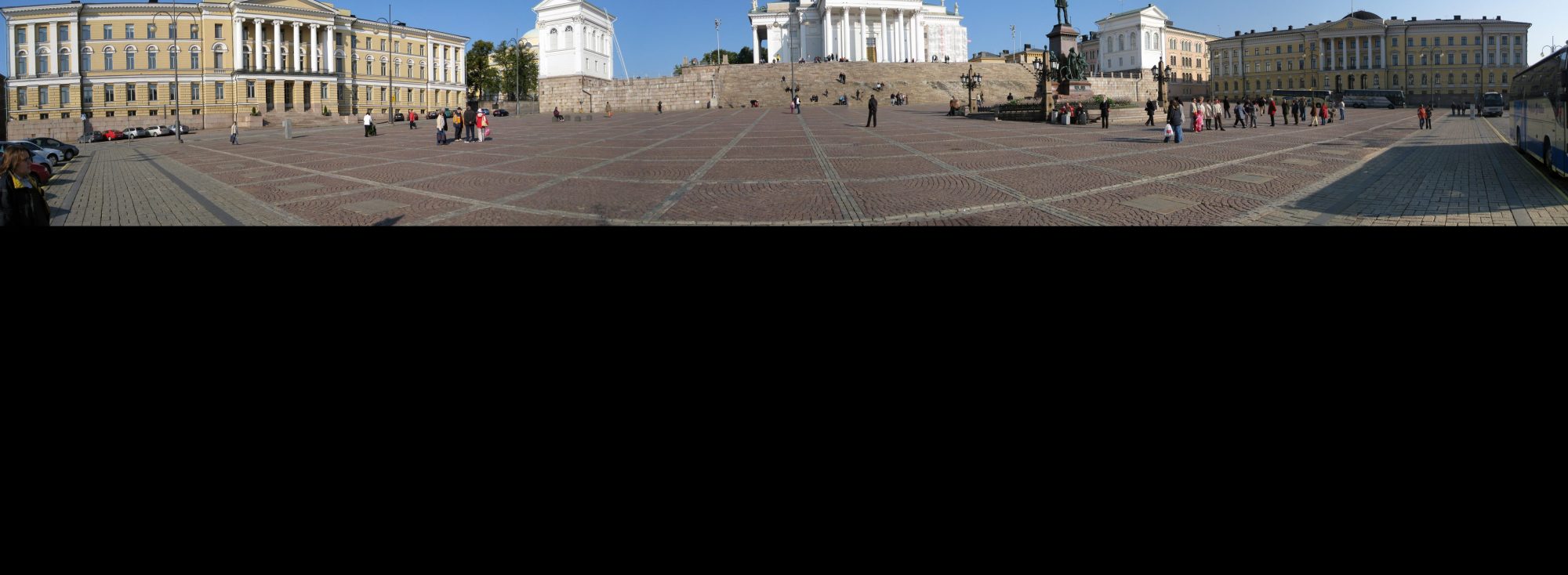InfoLaw.
Writing legal history in the information age
Mon 16 September 2019, 10-18
Centre of Excellence in Law (Eurostorie), Helsinki
Colloquium
Is the information-age changing the traditional ways of thinking about the legal past?
The colloquium examines this question beginning from a broad premise. Seen in the longue durée it seems that legal historiography recurrently changed its focus. Nineteenth-century historiography focused on texts and legislation. And the twentieth-century turned that legacy upside down with a concern for judges, judging, and thus with language, which has been animating large sectors of legal-historical research.
The time is ripe to think about the place of legal history in the 21st century: are legal historians silently shifting their focus to information? This will be the leading question which this colloquium will attempt to answer.
One of the main suggestions comes from HP Glenn who saw legal traditions as carriers of information (Glenn 2014: 13-16). But it is perhaps the case that the awareness for today’s information-dependent legal systems makes legal historians increasingly sensitive to the dynamics by which information is produced, managed and transmitted. And jurists are more inclined to see legal systems as communities that organise, store, communicate and process information.
This approach opens a cluster of questions in a framework that benefits from a variety of approaches, from the broad theoretical-epistemic insights developed by the philosophy of information (Floridi 2011), to comparative law investigations on diffusion and reception, to the history of the book and of institutions.
Some questions, indicatively, could be framed as follows, but the colloquium is open to any relevant contribution to the general research question:
- What is information, and how is it related to 20th century philosophy of language (Floridi 2011)?
- What counts as normative information (Glenn 2014: 13-16)?
- What was actually transmitted by book circulation (Osler 2009, Wijffels 2012)?
- What was the impact of printing on legal doctrine (Ibbetson 2000)?
- How did historical communities respond to information constrains or overload of information (Blair 2010)?
- What are the consequences of written judicial procedure, or of bureaucratic administration based on writing (Vismann 2008, 2012)?
Selected bibliography:
Blair, Ann, (2010) Too much to know: managing scholarly information before the modern age, New Haven [Conn.]
Castells, Manuel, (1996) The information age: economy, society and culture, Oxford: Blackwell
Duve, Thomas, (2018) ‘Legal traditions: A dialogue between comparative law and comparative legal history’, Comparative Legal History, 6, pp. 15–33
Floridi, Luciano, (2013) The ethics of information, OUP
Floridi, Luciano, (2019) The Logic of Information: A Theory of Philosophy as Conceptual Design, OUP
Floridi, Luciano, (2011) The philosophy of information, OUP
Glenn, Patrick H, (2014) Legal Traditions of the World: Sustainable Diversity in Law, 5th ed., OUP
Halperin, Jean-Louis, (2009) Profils des mondialisations du droit, Paris
Ibbetson, David, (2000) ‘Legal Printing and Legal Doctrine’, Irish Jurist, 35, pp. 345–354
Osler, Douglas, (2009) The Jurisprudence of the Baroque, in ‘Jurisprudence of the Baroque. A Census of Seventeenth Century Italian Legal Imprints (Studien Zur Europäischen Rechtsgeschichte. Veröffentlichungen Des Max-Planck-Instituts Für Europäische Rechtsgeschichte, 235-237; Bibliographica Iuridica, 4-6.) Frankfurt Am Main: Vittorio Klostermann, pp. IX-XXI.
Renn, Jürgen, (2014) ‘The Globalization of Knowledge in History and its Normative Challenges’, Rechtsgeschichte – Legal History, pp. 52-60
Vismann, Cornelia, (2012) Das Recht und seine Mittel, Frankfurt am Main Vismann, Cornelia, (2008) Files: law and media technology, Stanford, Calif.
Wijffels, Alain, (2012) ‘Review of D.J. Osler, Jurisprudence of the Baroque, A Census of Seventeenth Century Italian Legal Imprints’, Tijdschrift Voor Rechtsgeschiedenis / Revue d’Histoire Du Droit / The Legal History Review 80, no. 1–2, 229–37
